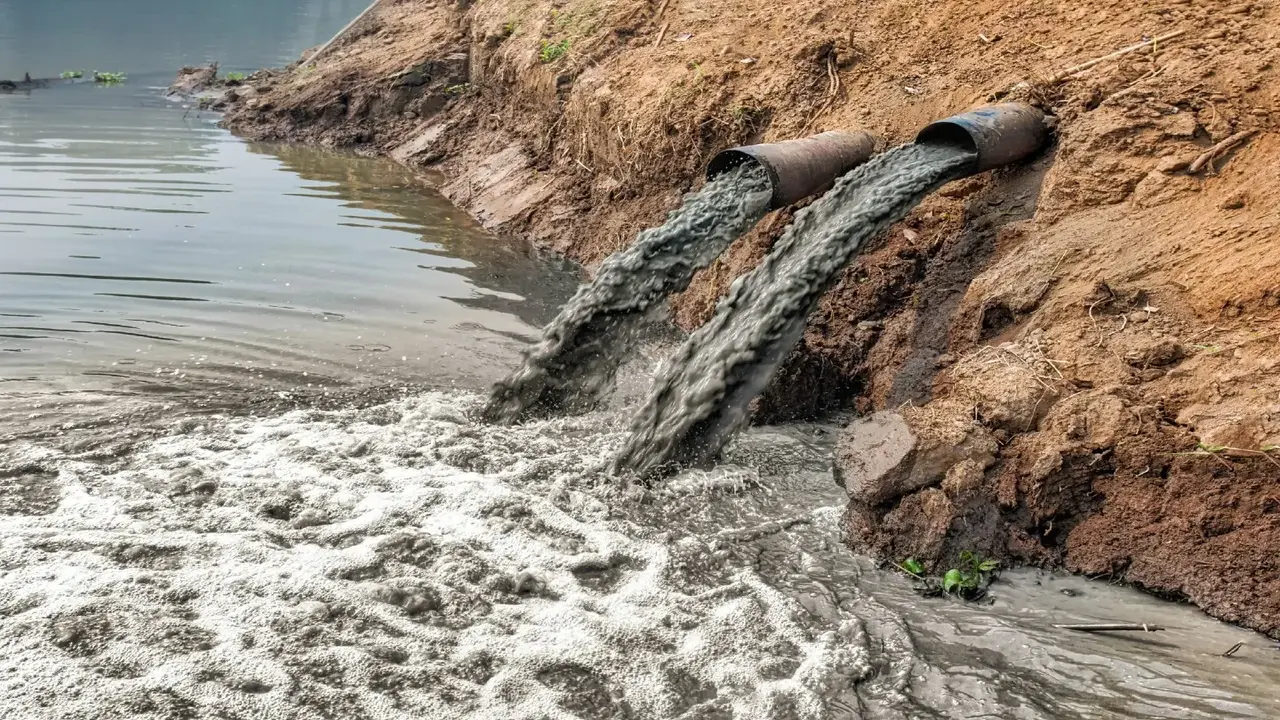As the world grapples with the consequences of climate change, a simulation predicts a looming water pollution crisis that could detonate by the end of the century. The intricate relationship between water and climate change is becoming increasingly evident, with a cascade of effects ranging from unpredictable rainfall patterns and shrinking ice sheets to rising sea levels, floods, and droughts.
Climate change exacerbates both water scarcity and water-related hazards, disrupting precipitation patterns and the entire water cycle. Approximately two billion people worldwide lack access to safe drinking water, and about half of the global population experiences severe water scarcity at least part of the year. These numbers are expected to rise due to the compounded impact of climate change and population growth.
A mere 0.5 percent of Earth’s water is usable freshwater, and climate change is dangerously affecting this supply. Over the past two decades, terrestrial water storage, encompassing soil moisture, snow, and ice, has seen a significant decline, posing severe ramifications for water security. Glacial and snow cover reductions are projected to further decrease water availability during warm and dry periods, affecting regions inhabited by over one-sixth of the world’s population.
Sea-level rise is anticipated to extend salinization of groundwater, diminishing freshwater availability in coastal areas. Efforts to limit global warming to 1.5°C compared to 2°C could potentially halve the proportion of the world population expected to suffer water scarcity.
Water quality is also under threat, with higher temperatures and more frequent floods and droughts projected to exacerbate various forms of water pollution, from sediments to pathogens and pesticides. Climate change, coupled with population growth and increasing water scarcity, will place pressure on food supply, with about 70 percent of freshwater used for agriculture.
Extreme weather events like floods and droughts have become more likely and severe due to climate change. Rising global temperatures intensify both storms and dry spells, resulting in increased drought and flood risks. Water-related disasters, accounting for 70 percent of all deaths related to natural disasters, have risen significantly since 2000.
To address these challenges, a comprehensive approach is essential. Healthy aquatic ecosystems and improved water management can lower greenhouse gas emissions and protect against climate hazards. Wetlands, such as mangroves and marshes, act as effective carbon sinks and buffers against extreme weather events. Early warning systems for water-related hazards and climate-resilient water supply and sanitation systems are crucial. Climate-smart agriculture practices, including efficient water usage, also play a vital role in mitigating demand on freshwater supplies. As the world confronts this water pollution “timebomb,” proactive measures and global collaboration are imperative to secure a sustainable future.








